The best photo editors allow you to enhance your digital images with a range of advanced tools, to get the most out of your creativity.
Many devices now come with basic photo editing software built-in. Most laptops, for example, include simple, accessible tools for tweaking the contents of your picture library. While these are useful for quick alterations, though, the best photo editors allow you to do so much more. From object removal to advanced curve adjustments, the top photo editing software will let you to unlock the next level in advanced image improvements.
Ready to go beyond brightness and saturation sliders? We’ve tested all of the top photo editing software, to help you find exactly the right editor for your needs, budget and experience.
Our overall favorite image editor is still the ubiquitous Adobe Photoshop. A powerful image editing application with a comprehensive set of tools for illustrators, designers and photographers, it’s the most capable solution you can download today. But that doesn’t mean it’s necessarily the best option for you – particularly as it’s now available only as part of Adobe’s Creative Cloud subscription service.
If you’re looking for standalone offline software for a specific purpose, other photo editors might offer better tools – or better value – for you. Affinity Photo, for example, is a powerful Photoshop rival available for a very affordable price.
The list below features our pick of the best photo editors for every kind of user. Each one has been recommended because it ticks a particular box – whether because it’s great value, fantastic for a particular purpose, or simply the very best editing software you can get. So read to the end and you’re sure to find the perfect solution for enhancing your digital images.
We've also featured the best photo editing apps for mobile devices.
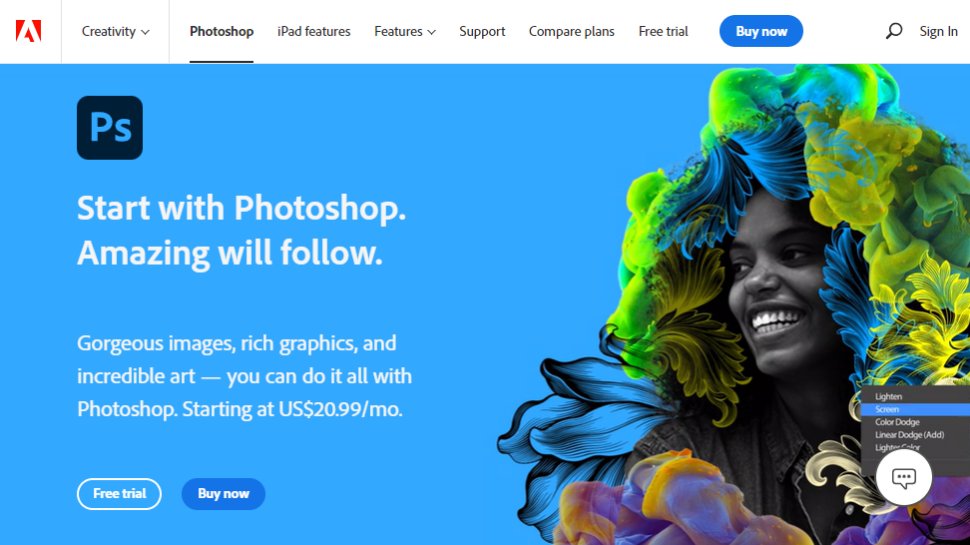
Adobe Photoshop has long been a byword for image editing. Even after switching to a subscription model, the renowned software remains the go-to solution for artists, illustrators, designers and photographers. Its layering, masking and retouching tools still set the standard by which others are judged, while the power of its layer-based editing system can handle the most complex of creative projects.
Freshly updated, the latest Photoshop variant adds AI into the mix, with automated ‘neural filters’ which make otherwise laborious edits into one-click adjustments. Impressive but faintly terrifying, features such as Skin Smoothing can be effective if deployed delicately. Sky Replacement is a more resounding success, detecting the horizon with impressive accuracy and masking out overcast skies. It’s so effective that it really needs to be seen to be believed.
Other more minor updates, such as new downloadable tutorial assets, show that Adobe is trying hard to justify the continued subscription cost. Provided you’re happy to subscribe, Photoshop remains the best in the business for digital image editing.
Read our full Adobe Photoshop review.

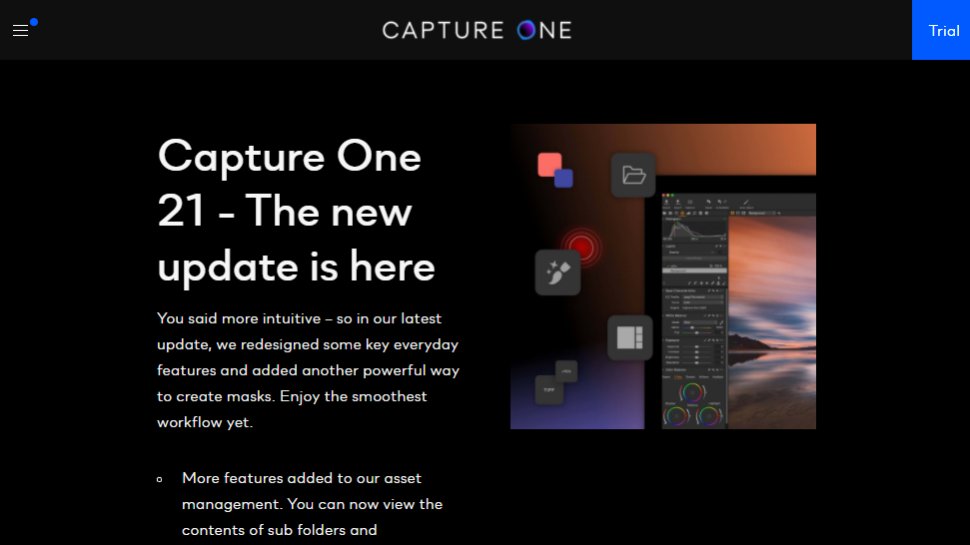
Capture One Pro covers almost exactly the same territory as Adobe Lightroom Classic, offering cataloging tools, seamless raw processing, manual image enhancement tools alongside preset effects and a non-destructive workflow that means you can revisit your adjustments at any time.
Its raw conversions are sharper and less noisy than Adobe’s, but it doesn’t support such a wide range of camera raw formats or as large a number of lens correction profiles. It doesn’t have Adobe’s mobile apps and online synchronization options either, but it does offer professional-grade ‘tethering’ tools for studio photographers capturing images via a computer.
Capture One Pro also has a better system for applying local adjustments, using adjustment layers and masks. It’s expensive, but very, very good.


Serif built its reputation off the back of low-cost Windows versions of professional graphics tools, but with its new Affinity line it’s shaken off its budget past for good.
Affinity Photo might have a budget price, but it’s a full-on, full-powered Photoshop rival for professionals, that can even teach its Adobe equivalent a trick or two. Its layering, masking and retouching tools are as powerful as Photoshop’s, its filter effects can be applied ‘live’ and its HDR tone mapping and workspace tools are excellent.
Like Photoshop, though, it’s focused solely on in-depth, technical image manipulation. It doesn’t have its own browsing and cataloguing tools and it doesn’t do instant preset effects. Affinity Photo will bring the tools, but you have to bring the vision.

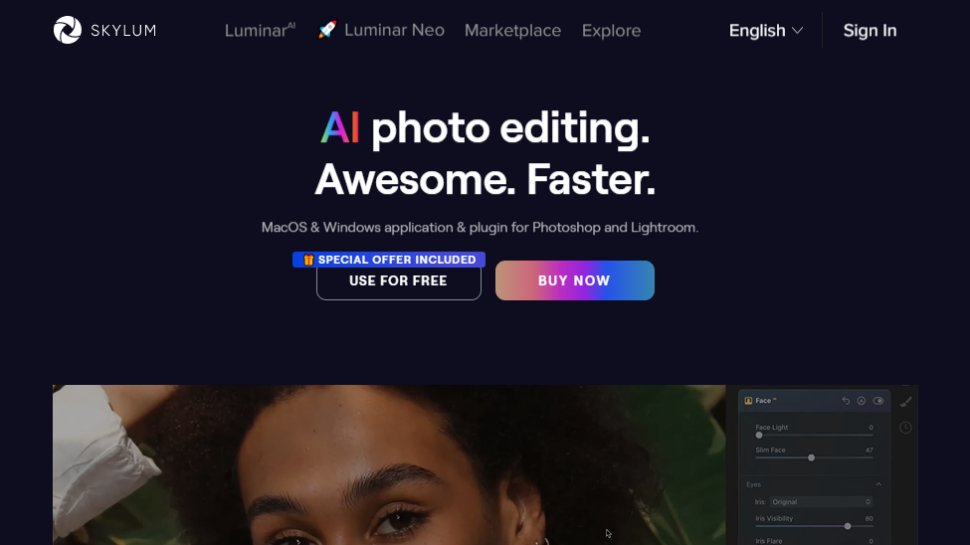
Filling a gap between basic image editors and professional programs like Photoshop, Luminar AI uses artificial intelligence to make excellent edits quickly, through a clear, accessible interface. Don’t know your color-correction from your curves? Point Luminar AI at a given image and it will instantly apply the appropriate fix. Or if you do know how you want the image to look, Luminar AI can help you drop in a new sky, smooth out skin blemishes or selectively sharpen key parts.
The process is all based around Templates – which offer one-click adjustments that immediately spice up your photo – and Edits, where effects are automatically applied. Try it on a series of images and you’ll probably get results that are close to what a professional would produce, without a protracted editing session. Tools are simple but fundamentally solid.
The flip side is that you won’t learn the ropes of image editing, because the complexities all take place beneath the surface. Performance can also be sluggish when navigating images, while some of the overlay effects produce repetitive results. All the same, Luminar AI is a new type of photo editor that’s perfect for hands-off photographers.
Read our in-depth Luminar AI review.

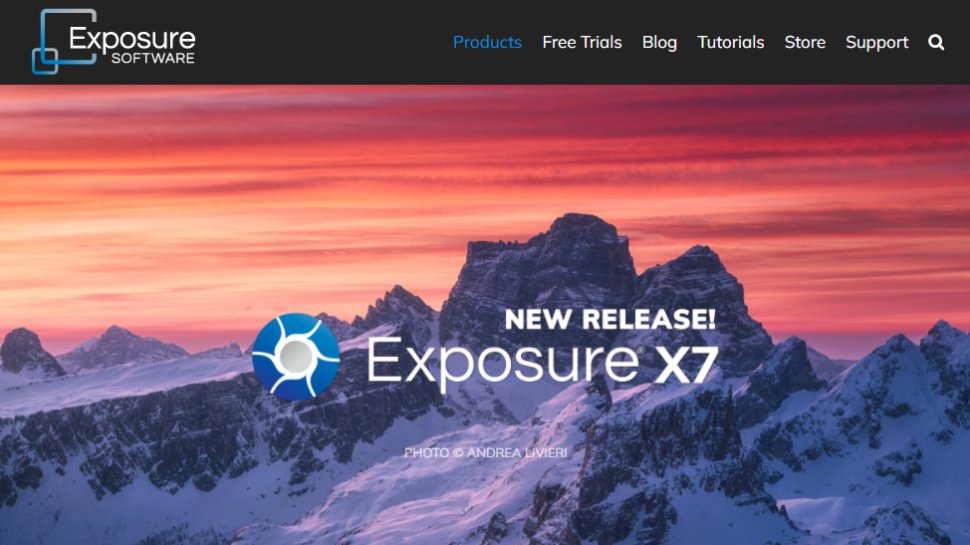
Exposure offers blends old analog 'looks' with contemporary photo enhancement tools. It has a large catalog of antique and modern film effects that simulate fading, cross processing, grain, light leaks, vignetting, borders and a whole range of traditional films and processing techniques.
These are all built using tools that can also be used for regular image enhancements, including curves, color adjustments and more. But while it offers adjustment layers for ’stacking’ and blending corrections, you can’t combine images.
What you do get, though, is a fast and effective folder-browsing system for organizing your photos with all the power of filtering and keyword searches without the fuss of importing them into a catalog.


ON1 Photo RAW started out as ON1 Perfect Suite and has quickly evolved into a more modern, integrated program rather than a collection of plug-ins.
It can still work as a plug-in for Lightroom and Photoshop, where you can browse the huge library of preset effects and manual adjustment filters to create ‘looks’ that the host programs can’t, but ON1 Photo RAW also works as a standalone program, complete with its own image browsing/cataloging tools.
In fact, this could be the only photo editing tool you’ll ever need – though the interface text is quite small and the raw conversions don’t match the quality you get from Capture One and DxO PhotoLab.
For power, value and spectacle, though, ON1 Photo RAW is terrific, and recent versions have added AI-powered image masking and cutouts.

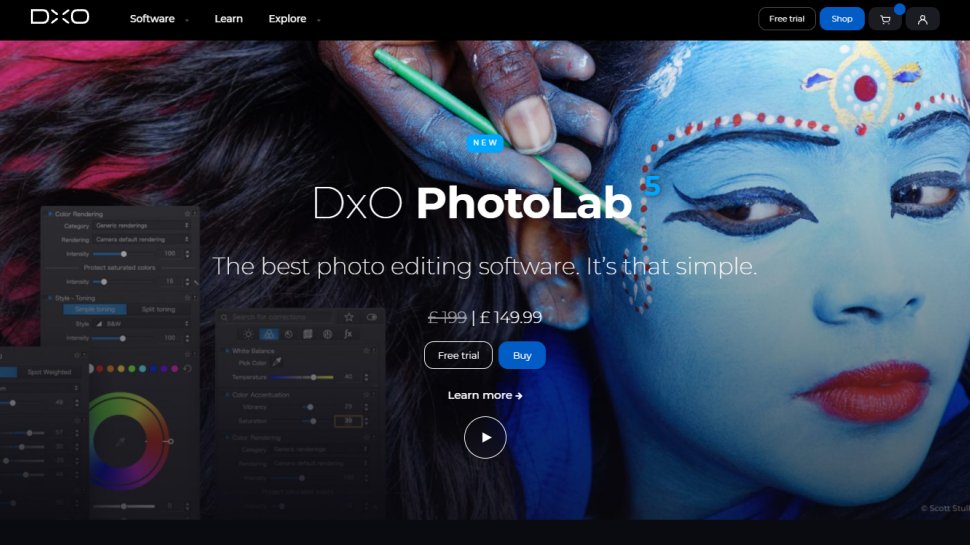
DxO Optics Pro, famous for its lab-derived lens correction profiles and awesome raw conversions, has evolved. DxO previously bought the Google Nik Collection and integrated the control point adjustment tools to bring out PhotoLab.
The big difference between PhotoLab and Optics Pro is that you can now apply powerful localized adjustments to your images. PhotoLab doesn’t have its own cataloging tools, though it does have a basic folder browser, and to get the full benefit of its raw tools, perspective corrections (DxO ViewPoint) and film ‘looks’ (DxO FilmPack) you need to pay extra.
It doesn’t support Fujifilm X-Trans files, either. PhotoLab’s raw conversions and lens corrections are, however, quite sublime. There is also a 'PhotoLibrary' feature with an autofill search tool, but this feature still feels fairly limited.
Looking for more? We've also featured the best photo scanners and the best way to backup photos.
What is photo editing?
We asked Chris Pierce, Senior Product Manager for Photo at Corel, the team behind Paintshop Pro, to give us a basic tour of what core features a photo editing software should have.
Taking great photos has never been easier. Our smartphones are equipped with incredible, high-quality cameras, meaning you can let your creativity run wild without having to spend big bucks on a DSLR. But what happens next? How can you transform your everyday photos into professional-quality masterpieces?
While you can create amazing photos with help from apps on your phone, nothing compares to the full power of professional editing tools that give you complete control over your creativity. To unlock the full potential of professional photo editing you need to invest in desktop photo software. Let’s take a look at some basic photo edits to see why they’re worth your time.
Cropping : The crop tool lets you re-frame the image after you’ve taken it. A simple guide to instantly give you better photos is the rule of thirds. If you didn’t shoot the photo with this in mind, try cropping to adjust the focal point of the image.
Sharpening : Sharpening lets you remove blur caused by the camera lens, emphasizing texture and making your images crisp.
Adjusting hue and saturation : Hue and saturation are powerful color correcting tools. Adjust the hue to give your image a colored tint and to change the emotional impact of the photo. If you want the colors to be more or less intense, use the saturation tool.
Contrast : The contrast tool can make an image more vivid or mute the tones for a more subdued feel. Using this in combination with hue and saturation tools will create incredible results.
Exposure : Images can suffer from lost details when a camera’s light sensor records too little or too much light. Correcting overexposure prevents your images from looking too bright and washed out, while correcting underexposure lightens a photo that is too dark. While you can achieve some basic edits by using filters and apps on your phone, they don’t offer the wealth of advanced tools to fully fine tune your photos. Here’s what you can achieve using tools only available through desktop software.
Layers and removing objects from photos: Quickly turn effects on and off using layers to make intricate edits without worrying about making mistakes. Remove unwanted objects that have sneaked into the image using intelligent masking tools.
Merging photos : Merge separate photos to make creative, artistic compositions. Any good photo editing Software will include specialized brushes like the Refine Brush that let you easily select detailed parts of an image like hair and grass. You can also create incredible surreal art by combining images using double exposure.
HDR : Give your photographs depth and vivid colors by combining different snaps to create High Dynamic Range (HDR) images. While simple apps are great for basic edits, they can only take you so far. To take complete control of your photo editing and workflow, you’ll want to invest in desktop software. Once you start working with these powerful tools, I think you’ll find it difficult to ever settle for less.
No comments:
Post a Comment